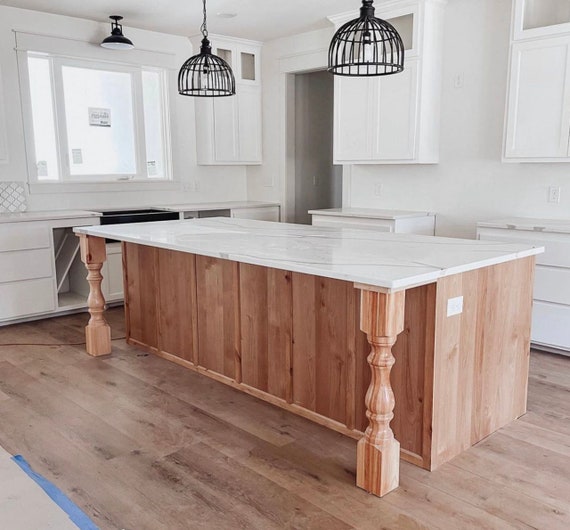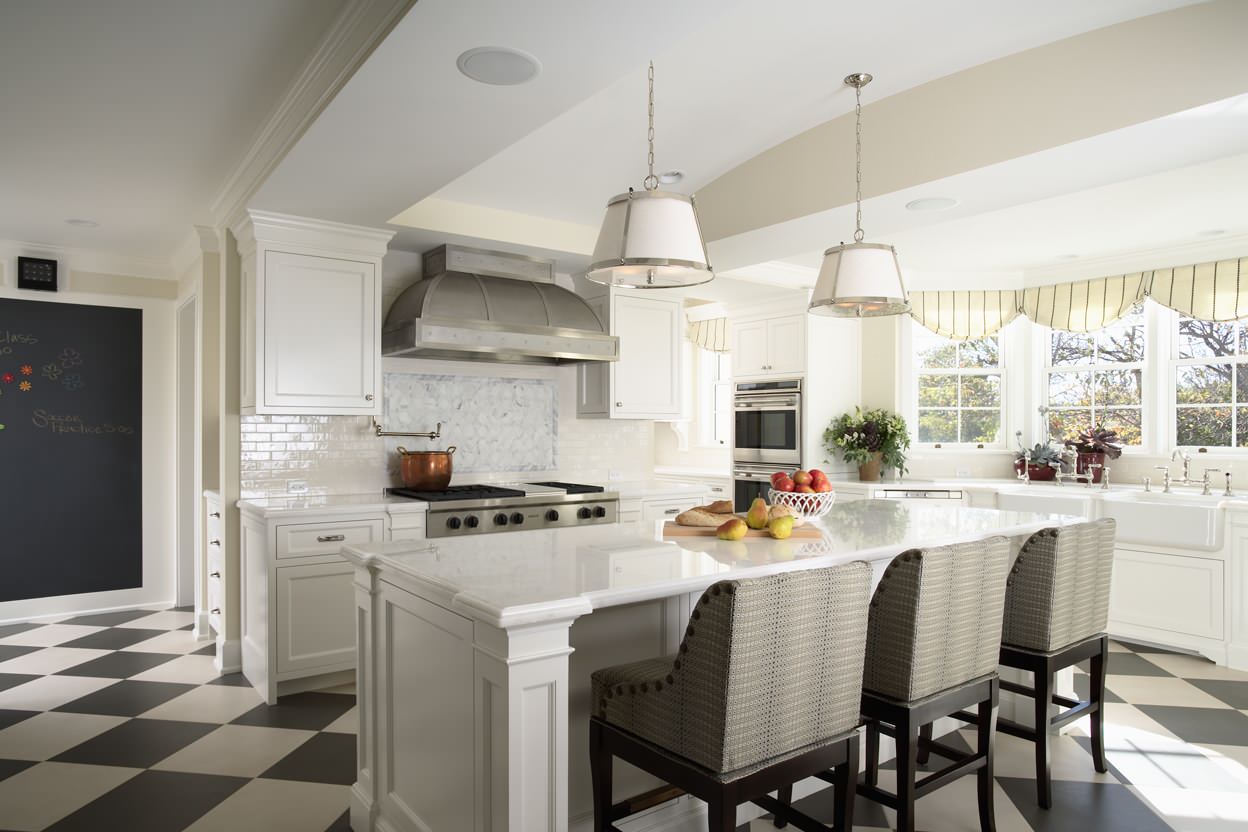The Leading Kitchen Island Leg Styles to Complement Any Type Of Design Aesthetic
The Leading Kitchen Island Leg Styles to Complement Any Type Of Design Aesthetic
Blog Article
Discovering the Crucial Attributes of a Kitchen Area Island Leg for Your Culinary Space
The kitchen island offers as a central hub in any kind of cooking space, and the selection of leg style is critical in boosting both its performance and visual allure. Comprehending the important features of kitchen area island legs-- including product options, layout styles, and stability variables-- can dramatically impact the total experience within the kitchen area. As we explore these aspects, we will discover how thoughtful personalization and accessories can raise your cooking area island from a simple energy to a striking centerpiece. What certain considerations should be focused on to achieve this balance?
Relevance of Kitchen Island Legs
Cooking area island legs play a critical role in both the functionality and visual appeals of a cooking area space. They not just support the weight of the island yet additionally improve the overall design, contributing to the kitchen area's aesthetic charm. The choice of legs can determine the style of the kitchen, be it modern, typical, or rustic.
Functionally, robust and correctly made legs guarantee security, enabling the secure use of the island for different jobs such as food preparation, dining, or amusing. Solid legs stop wobbling and moving, offering a reputable surface area for day-to-day activities.
In addition, the elevation and placement of the legs can influence the comfort degree for those seated at the island. A well-considered elevation can suit bar feceses or chairs, promoting a welcoming environment for gatherings.
In enhancement to these sensible considerations, cooking area island legs can function as a centerpiece in the area (kitchen island leg). Ornamental or distinctly designed legs can boost the style visual, making the island a focal point. Therefore, selecting the right cooking area island legs is necessary for balancing form and feature in any kind of culinary area
Product Options for Legs
Picking the appropriate product for kitchen area island legs considerably influences both toughness and layout. Common material choices include timber, steel, and rock, each offering unique benefits.
Timber is a preferred selection due to its heat and convenience. It can be easily tailored to match various style designs, from rustic to contemporary. Woods like oak and maple provide exceptional strength and durability, while softer woods can be extra vulnerable to use and tear.
Steel legs are preferred for their sleek, contemporary aesthetic. kitchen island leg. Stainless-steel and aluminum are not just robust however also immune to rust and corrosion, making them excellent for kitchen settings. They can create an industrial look and are typically available in various coatings to complement various other kitchen area elements
Stone legs, such as granite or marble, include a component of luxury and stability. While much heavier than other products, they use exceptional durability and can withstand substantial weight. However, they may require extra support to make sure appropriate equilibrium.
Inevitably, the option of product need to straighten with both practical demands and the general style vision of the kitchen area room, making certain that the island legs improve both utility and visual appeals.
Layout Styles to Consider
What style styles should be taken into consideration when choosing legs for a kitchen area island? The option of leg design significantly affects the overall aesthetic of your culinary space. For a modern cooking area, sleek and minimalistic leg styles, such as stainless steel or geometric forms, can enhance the contemporary allure, offering a tidy and minimalist appearance.
In comparison, traditional kitchen areas gain from classic styles such as turned or carved wooden legs, which include warmth and Going Here character. These options commonly include intricate information that complement vintage home furnishings. For a rustic atmosphere, consider legs made from redeemed timber or functioned iron, which bring a natural, natural high quality to the space.
If you lean in the direction of an industrial theme, durable steel legs with a distressed coating may be suitable, supplying an edgy yet innovative touch. In addition, farmhouse design kitchen areas can incorporate beefy legs that evoke a sense of strength and homeliness.

Elevation and Stability Aspects
The elevation and stability of a kitchen island are important elements that directly influence its functionality and user experience. An optimal kitchen island leg should offer enough height to accommodate a variety of jobs, from cooking to laid-back dining. Usually, cooking area islands stand in between 36 to 42 inches high, lining up with standard counter and bar elevations. This variety guarantees comfort for users while carrying out numerous tasks, thus improving the total usability of the room.
Security is just as important, especially as cooking area islands typically serve as focal points in culinary environments. The leg's accessory to the island's base should be protected, making sure durability and resilience against the wear and tear of everyday use.
Modification and Devices
Modification alternatives and devices for kitchen island legs can significantly enhance both the visual allure and functionality of the space. Property owners can choose from a range of materials, consisting of rock, metal, and wood, enabling seamless combination with existing kitchen design. The selection of surface-- be it an all-natural stain, repaint, or powder layer-- more customizes the look, making certain that the island useful content matches the total design style.
Along with material and finish, home owners may also explore the incorporation of devices such as decorative braces, flexible feet, or incorporated shelving. Brackets can provide extra assistance while contributing to a contemporary or rustic visual. Adjustable feet are particularly advantageous for irregular flooring, ensuring the island stays secure and level, which is vital for both safety and security and usability.

Verdict
To conclude, kitchen island legs serve a crucial read this duty in offering security and improving the overall visual of the cooking space. The selection of products and layout styles adds to both functionality and visual appeal, while factors to consider of elevation and stability make certain practical usage. Moreover, modification options and devices can raise the cooking area island, making it a distinct focal point within the home. Hence, mindful factor to consider of these functions is essential for an efficient kitchen area style.
The kitchen island offers as a main hub in any cooking area, and the selection of leg design is essential in boosting both its capability and aesthetic allure. Comprehending the important attributes of kitchen island legs-- including material options, layout styles, and security aspects-- can dramatically affect the overall experience within the kitchen area.Kitchen island legs play an important function in both the performance and appearances of a kitchen space.What layout styles should be taken into consideration when selecting legs for a kitchen island?In final thought, kitchen area island legs serve a critical role in supplying stability and improving the general visual of the culinary space.
Report this page